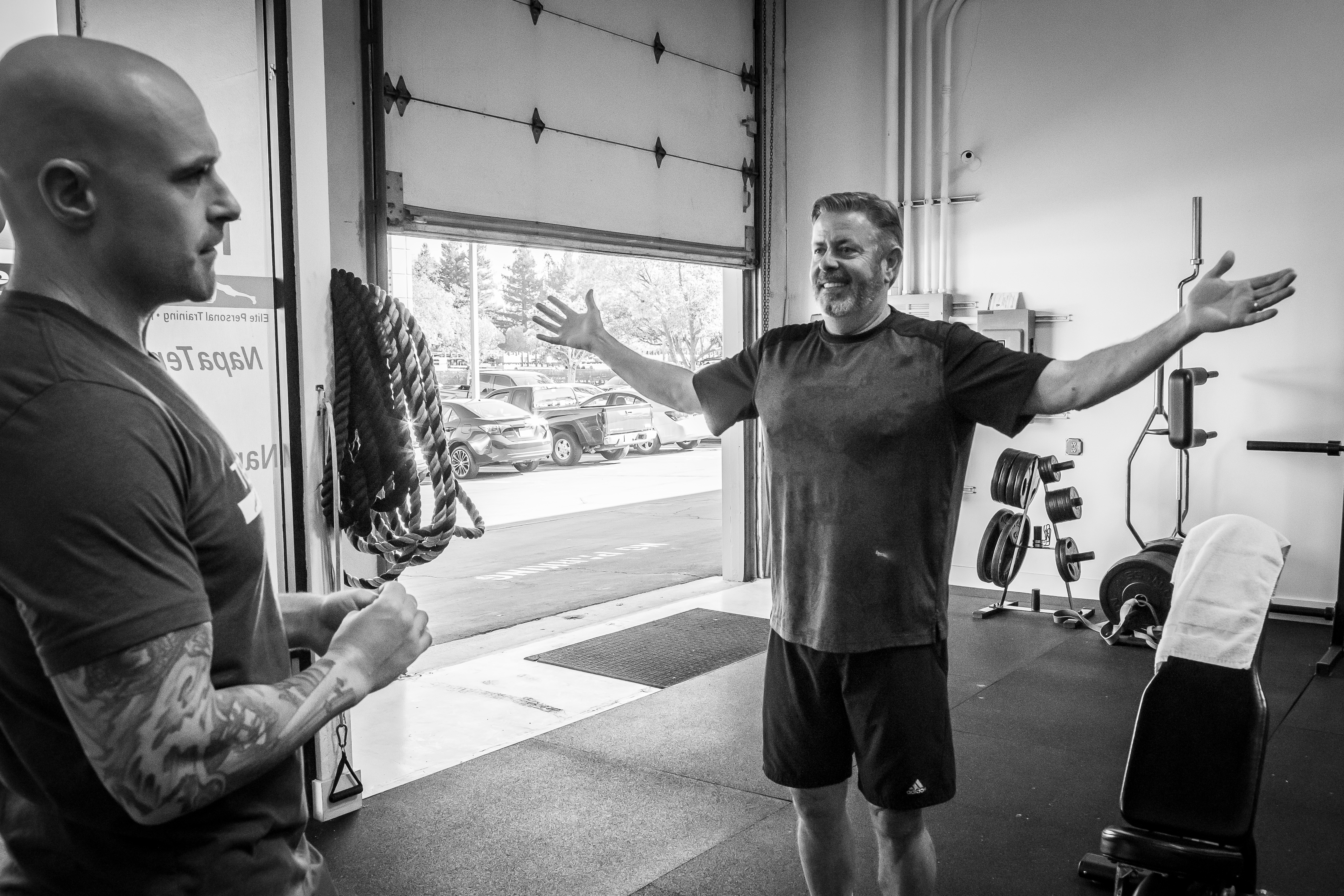Not too long ago, we had to pick up corded phones and dial phone numbers that we either memorized or obtained via our contact book. We physically wrote names and phone numbers down using a pen and paper. The necessity to carve out time in our day to venture to the grocery store at a planned time to acquire groceries, hardware, or electronics was far more prevalent. Believe it or not, our computers and business phones mainly resided in offices away from our homes. This was an era in which people physically moved more. Technology wasn’t as present to offer the convenience we see in our modern age.
Fast forward to the present day, in the year 2022. Humanity is fortunate to live in a world with computers and cell phones. We can order our food online, chat with our friends in mere moments (utilizing text messages) or put in a full forty-hour work week from our home office.
An issue resides in this splendor of convenience we have made for ourselves throughout technology innovations: we move less and confine our bodies to one space for long periods. One can devote hours looking at a cell phone, answering emails, or entertaining themselves with social or streaming video platforms. The shoulders are an area of the body impacted by small movements when using cell phones, tablets, and computers. Small movements such as elevating the arms on a desk and manipulating a mouse in a two-by-two-inch area put more demand on the shoulder than it appears. Peering down at a cell phone to swipe and tap has similar afflictions to our neck, upper back, and shoulders. The extension of the arm, tiny movements, and lack of physical activity strain the shoulder joints. Imagine putting your car in drive and reverse five times in a minute for an hour. The car gears would become stressed over time with seemingly small movements.
Shoulder issues can occur when muscles are inactive in one position over prolonged periods. These static muscle positions can cause atrophy and decreased blood supply to muscles and connective tissue surrounding joints. In addition, small micro-movements paired with restricted body positioning, such as hunkering over a keyboard or looking at our cell phones, can threaten our shoulder’s integrity if exercise is neglected. Hunching forward while the head is pointed down and the chest is collapsing inward is a classic example of severe shoulder protraction. This action shortens chest muscles, induces shoulder rotator cuff impingement, and causes excessive rounding of the cervical and thoracic spines.
A solution our personal training clients see tremendous results from is by performing a simple and effective set of ten repetitions of shoulder blade protraction and retraction exercises. Protraction and retraction refer to the forward and backward gliding of the shoulder blades along the rib cage.
To perform a set of shoulder protraction and retraction, start by standing straight up with good posture, ensuring your forehead is pointed forward, your shoulder is stacked over your ribs, and your hips are under your ribs. Next, elevate your arms below armpit height with your fingertips pointed forward, and the elbow bent at a ninety-degree angle. Maintaining this arm position, glide your shoulder blades backward against the ribcage until a brief muscular sensation is experienced in the upper back muscles. Reverse this movement by gliding the shoulder blades forward until muscular engagement can be felt in the chest and muscles around the armpits. Repeat these movements for ten repetitions from one to five times per week.
Focusing on the stabilizing muscles of the shoulder assists in preventing strain on significant neck, upper back, and shoulder muscles. In an era where physical activity can easily be watered down by innovations of technology, we can avoid underuse injuries by practicing efficient and effective forms of exercise regularly.
Sean McCawley, the founder and owner of Napa Tenacious Fitness in Napa, CA, welcomes questions and comments. Reach him at 707-287-2727, napatenacious@gmail.com, or visit the website napatenaciousfitness.com.

